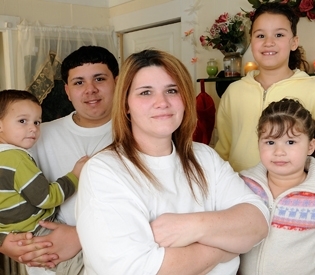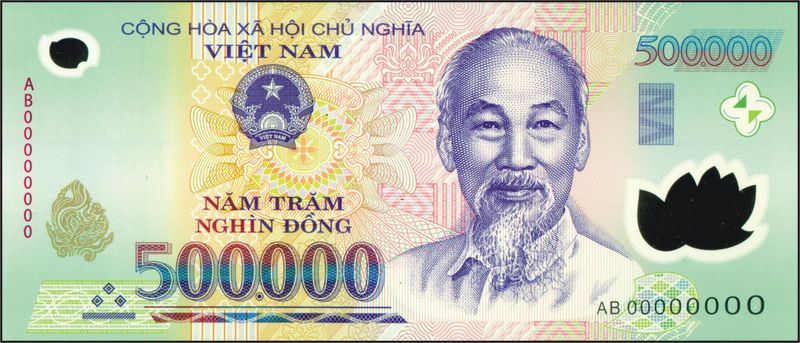What does prime rate mean?
In between poking fun at people, occasionally we deconstruct complexity and explain what’s what. Prime rate is a term you hear frequently but might not know the meaning of – like “Dow”, “consumer confidence”, and other commonplace but commonly misunderstood terms.
(If you can’t get enough of Control Your Cash, read our guest posts on LenPenzo.com. Len Penzo is an engineer based out of Los Angeles – a financial amateur. But his common-sense approach and avoidance of stupidity make his blog one of the most insightful you’ll find.)
Prime rate is the interest rate banks charge their most creditworthy customers. Last January the U.S. prime rate fell from 3.61% to a 55-year nadir of 3¼%, where it’s been ever since. In 2007 the rate was 8¼%, and it reached its all-time zenith of 20½% in 1981.
Does that mean that if you’ve always paid all your bills on time and in full, Chase will loan you money at 3¼% to buy a house? No. But if you were Costco (America’s 24th largest corporation), and wanted to build a new location at a cost of $4 million, you’d pay $130,000 in annual interest charges. For individual investors, who don’t have millions in cash on hand, your bank sets its rates higher. Which is why mortgage rates average 5.09%* today.
Prime rate generally derives from the federal funds rate, which banks lend to each other in the short-term (i.e. overnight) at and which we touched on here. Under normal circumstances – 1981 was about as abnormal as it got – add about 3 percentage points to the federal funds rate, and that’s your prime rate.
Where does our 3¼% rate stack up internationally? Here:
So, two questions:
a) Why is the prime rate so historically low right now?
b) (As always,) how can I use this to my advantage?
It’s low because the Federal Reserve, the quasi-governmental leviathan that has an unduly large hand in our economy and answers to no one, wants to make it as easy as possible for people to borrow money. The federal funds rate (which is really a range of rates, rather than one rate) sits at close to 0. Banks obviously have to make money on loans or they wouldn’t stay in business, which explains the spread of 3% – which has been fairly uniform throughout American history.
But wasn’t it those low rates that got us in trouble in the first place?
Yes. People bought houses larger than they needed, cars fancier than they could normally afford, ATVs they were going to ride maybe once a year. And financed them all. It seems almost too obvious to mention, but borrowing money makes sense if you can pay it back. More to the point, it makes sense if you can buy assets with it. A piece of vacant industrial land that appreciates by 2% annually, ceteris paribus, isn’t a worthwhile investment if you’re paying 5.09% for the privilege of borrowing the money to pay for it.
So why is the Fed encouraging people to engage in more of the same destructive behavior?
The Fed would argue that this is the least bad option. Getting money circulating in the economy means borrowers are hiring people to complete their projects, and those newly hired employees will spend money on goods and services. If the prime rate were at 1981 levels, or even at 2007 levels, people would be more cautious to invest. They’d sit on their money, and the economy would stagnate.
So how can I use this to my advantage?
Don’t defer for a tomorrow that might never come. Understand that no economy is an island, and that time is not static. Interest rates can’t get much lower than they are now. The federal funds rate isn’t going to go negative. Banks aren’t going to accept a spread much lower than 3%. The eventual pressure on interest rates should be to rise. It’s no guarantee, but 6 or 12 months from now it ought to cost more to borrow money to finance an investment than it does today.
So if you’re thinking of making your way into the investment class, and joining the ranks of people who derive their income through passive means rather than earning a salary, now would be as good a time as any to take the leap. Don’t wait for a perfect set of circumstances, because a) such a thing never arises and b) it’d be tough to identify if it did.
———————-
*There are several kinds of mortgage rates, the vast majority of which you don’t need to concern yourself with. If you see the unadorned phrase “mortgage rate”, whether at Control Your Cash or elsewhere, assume that it refers to the most generic mortgage of all – the 30-year, fixed-rate kind. And if you’re thinking of buying an adjustable-rate mortgage, think again. Or did you not hear about the foreclosure crisis?






